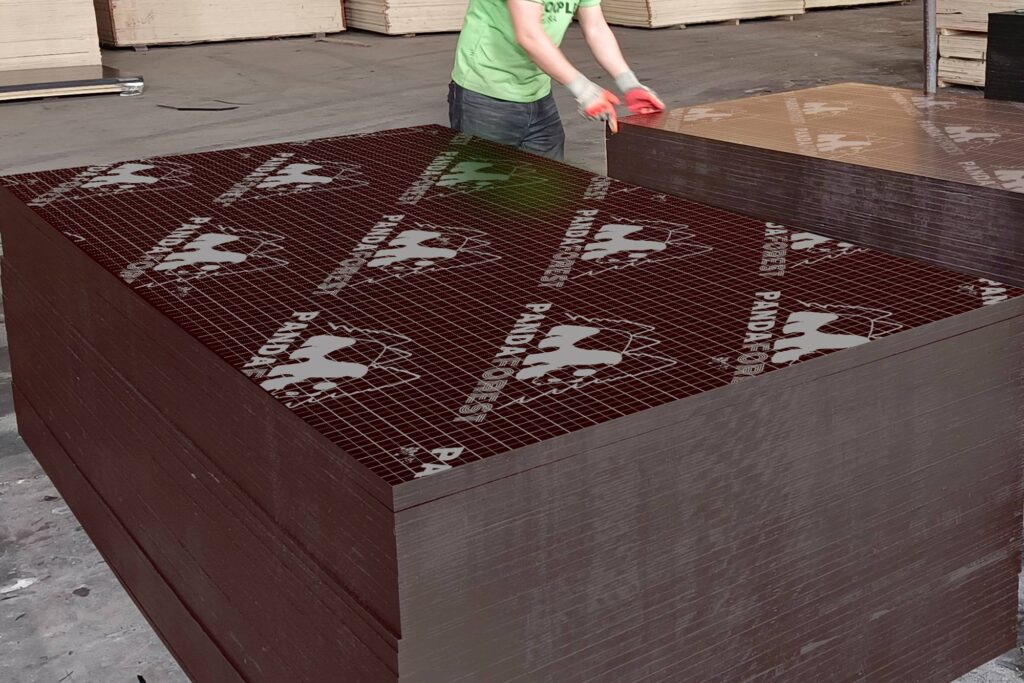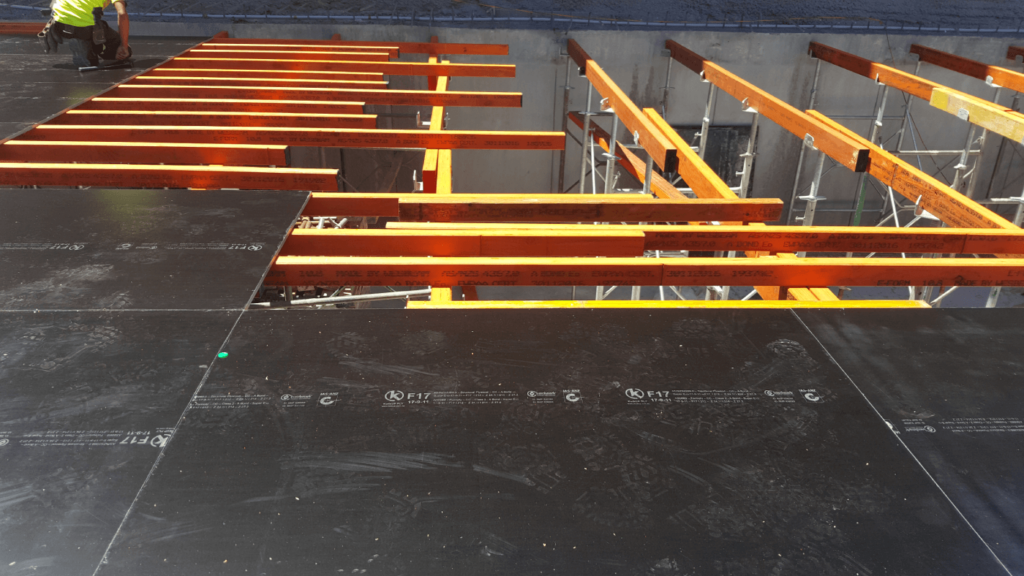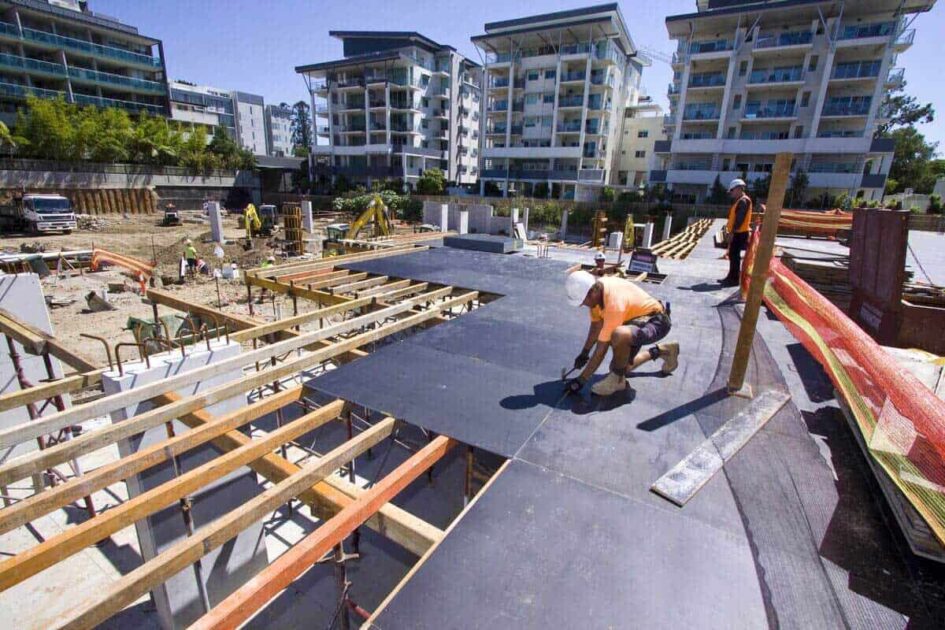Formwork plywood is an integral component in construction projects, providing support and structure during the concrete pouring process. It is crucial to select the right type of formwork plywood to ensure the success and durability of your project. In this ultimate guide, we will explore everything you need to know about formwork plywood and the factors to consider when choosing the most suitable option for your construction needs.
Understanding Formwork Plywood
What is Formwork Plywood?
Formwork plywood is a specific type of plywood that is specially designed for use in construction projects. Formwork plywood is primarily used as a temporary mold or framework for casting concrete into the desired shape and structure. It offers durability, stability, and strength to support the weight and pressure of the wet concrete.
Formwork plywood is an essential component in the construction industry, playing a crucial role in shaping concrete structures such as walls, columns, beams, and slabs. Its versatility allows for the creation of intricate designs and complex architectural forms with precision and accuracy. Formwork plywood comes in various sizes and thicknesses to accommodate different project requirements, providing flexibility and customization in construction processes.
Key Features of Formwork Plywood
Formwork plywood possesses specific features that make it suitable for construction purposes:
- High strength: Formwork plywood is engineered to withstand the weight of the concrete during the pouring and curing process.
- Moisture resistance: It is made to resist the moisture from wet concrete, preventing warping and degradation.
- Dimensional stability: Formwork plywood maintains its shape and size even when subjected to significant pressure and moisture.
Moreover, formwork plywood is designed to be reusable, making it a cost-effective and sustainable choice for construction projects. Its durability and longevity allow for multiple applications, reducing waste and promoting eco-friendly construction practices. Additionally, formwork plywood is easy to handle and install, enhancing efficiency on construction sites and ensuring smooth workflow during concrete casting processes. Learn more how to start a concrete business In Sydney.
Types of Formwork Plywood
Softwood Plywood
Softwood plywood is commonly used for formwork due to its excellent strength and affordability. It is made from softwood species such as pine or spruce, which offer good stability and dimensional uniformity. Softwood plywood is suitable for various construction applications and works well in projects with shorter durations.
Softwood plywood is a versatile material that is not only cost-effective but also environmentally friendly. The sustainable sourcing of softwood species ensures that using this type of plywood has a lower impact on the environment compared to other options. Additionally, the lightweight nature of softwood plywood makes it easier to handle and transport on construction sites, improving efficiency and reducing labor costs.
Hardwood Plywood
Hardwood plywood is known for its superior strength and durability. It is made from hardwood species such as birch or oak, which provide excellent resistance to moisture and make it suitable for longer-duration projects. Hardwood plywood offers enhanced stability and can withstand higher levels of pressure and impact.
Hardwood plywood’s durability and resistance to wear and tear make it a popular choice for projects that require a high level of structural integrity. Its smooth surface finish also makes it ideal for projects where aesthetics are important, such as exposed formwork applications. Despite being slightly more expensive than softwood plywood, the longevity and performance of hardwood plywood often justify the investment in the long run.

Tropical Plywood
Tropical plywood is manufactured from tropical hardwood species, making it highly durable and resistant to water and fungi. It is ideal for construction projects in humid and tropical climates, where high moisture resistance is paramount. Tropical plywood is known for its exceptional strength and dimensional stability, ensuring reliable formwork performance.
Due to its resistance to moisture and humidity, tropical plywood is a preferred choice for projects in coastal areas or regions with high rainfall. The natural oils present in tropical hardwood species contribute to the plywood’s resistance to decay and insects, further enhancing its longevity. While tropical plywood may be pricier than other options, its ability to withstand harsh environmental conditions makes it a valuable investment for long-term construction projects in challenging climates.
Factors to Consider When Choosing Formwork Plywood
Durability and Strength
One of the key considerations when choosing formwork plywood is its durability and strength. Evaluate the expected load and pressure the plywood will have to bear during the concrete pouring process. Opt for plywood with a higher load-bearing capacity and compression strength to ensure the stability and safety of the formwork.
Additionally, consider the type of wood used in the plywood manufacturing process. Different wood species have varying levels of strength and durability. For instance, hardwood plywood such as birch or oak is known for its robustness and ability to withstand heavy loads, making it ideal for demanding construction projects.
Moisture Resistance
Since formwork plywood comes into direct contact with wet concrete, it must have excellent moisture resistance. Moisture can cause warping, swelling, and degradation, compromising the integrity of the formwork. Select plywood with a high level of moisture resistance to ensure the longevity and performance of the formwork even in humid conditions.
In addition to moisture resistance, consider the presence of exterior glues in the plywood. Exterior glues provide enhanced waterproofing properties, making the plywood more resilient against water exposure. This feature is crucial for formwork plywood, as it will be subjected to repeated contact with moisture during concrete placement.
Size and Thickness
The size and thickness of the formwork plywood are vital considerations based on the scope and scale of your construction project. Ensure that the plywood dimensions match your specific requirements and allow for seamless installation and removal. Thicker plywood panels offer higher strength and stability, especially for larger structures or projects with significant vertical loads.
Moreover, the surface finish of the plywood can impact its performance on the construction site. A smooth surface finish facilitates easy cleaning and reusability of the formwork, saving time and resources during project execution. Consider plywood with a high-quality surface finish to enhance the overall efficiency of your formwork operations.

The Role of Formwork Plywood in Construction
Formwork Plywood in Building Structures
Formwork plywood plays a crucial role in constructing various building structures, such as walls, columns, beams, and slabs. It provides the necessary support and shape for pouring concrete, ensuring the structural integrity of the final construction. The choice of formwork plywood directly impacts the quality, durability, and efficiency of the building process.
When it comes to building structures, the selection of the right formwork plywood is paramount. Different types of formwork plywood, such as phenolic film-faced plywood or high-density overlaid plywood, offer varying levels of strength, durability, and surface finish quality. Contractors and builders must carefully consider factors like load-bearing capacity, reusability, and resistance to moisture and chemicals when choosing the most suitable formwork plywood for their construction projects.
Formwork Plywood in Concrete Shaping
Another essential role of formwork plywood is to shape and mold the concrete as it cures. The plywood forms act as a mold or template, determining the final shape and finish of the concrete element. Precise and well-designed formwork plywood enables accurate shaping and smooth surface finish, enhancing the overall aesthetics of the construction.
Furthermore, formwork plywood not only aids in shaping concrete but also contributes to the efficiency of the construction process. By using formwork plywood with standardized dimensions and easy assembly features, construction crews can streamline the concrete pouring and curing stages, reducing overall project timelines and costs. The versatility of formwork plywood allows for the creation of complex architectural designs and intricate concrete shapes, giving architects and designers the freedom to explore innovative construction possibilities.
Maintenance and Care for Formwork Plywood
Cleaning and Storage
Proper cleaning and storage of formwork plywood are essential for its longevity and reusability. After each use, remove any concrete residue and debris from the plywood surface and edges. Thoroughly dry the plywood before storage to prevent moisture retention, which can lead to deterioration. Store the plywood in a clean and dry area, away from direct sunlight and extreme temperature fluctuations.
It is also recommended to stack the plywood flat to prevent warping and bending. Placing spacers between each sheet can help improve air circulation and prevent the growth of mold or mildew. Consider covering the stacked plywood with a tarp or plastic sheet to protect it from dust and moisture in storage.
Regular Inspections
Regular inspections are critical to identify any signs of damage or wear on the formwork plywood. Check for cracks, delamination, or any other structural weaknesses that can compromise its integrity. Replace damaged plywood to maintain the safety and efficiency of the formwork system. Additionally, periodic inspections ensure compliance with construction regulations and standards.
During inspections, pay special attention to the edges and corners of the plywood, as these areas are more prone to damage from repeated use. Implement a numbering or labeling system to track the age and usage of each plywood sheet, allowing for timely replacements when needed. Properly maintained formwork plywood not only enhances safety on the construction site but also contributes to the quality of the finished concrete structure.

Leave a Reply